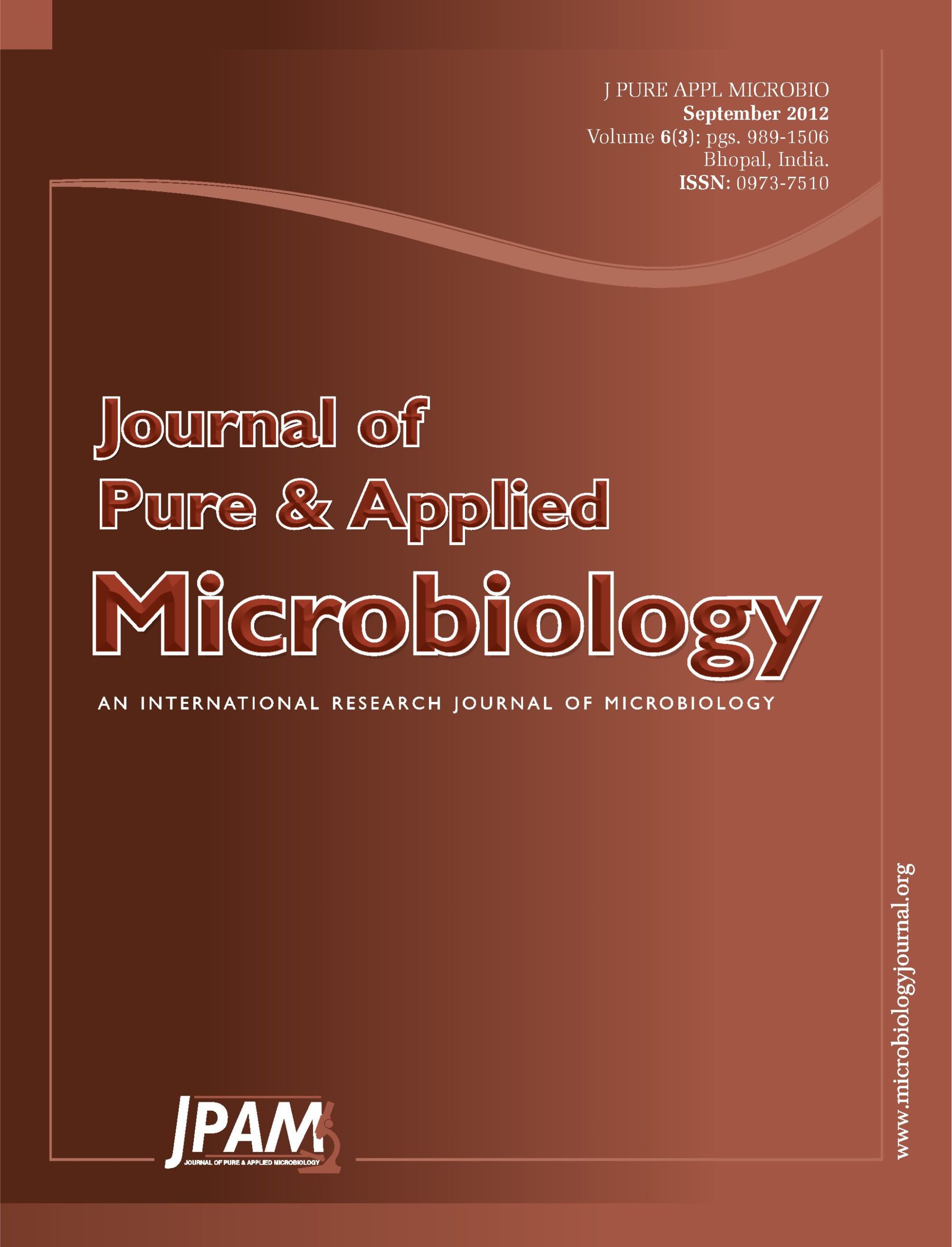PAHs are non-polar organic compounds which consist of fused aromatic rings and do not contain heteroatom or carry substituent. They are one of the most common contaminants which are present in soil. Among these compounds, acenaphthene is a multi-ring hydrocarbon that is extensively existed in nature. In this study acenaphthene degrading bacteria were isolated and identified. Then biodegradation of acenaphthene by these bacteria were studied in contaminated soil around Abadan refinery. Samples were enriched in mineral salt medium then bacterial colonies were isolated and purified in the same solid medium. Bacteria were identified by biochemical diagnosis tests. Bacteria were cultivated in culture medium that consisted 0.5 to 0.8 g/l acenaphthene. Their growth rate was measured by spectrophotometer. In conclusion, acenaphthene biodegradation was evaluated by HPLC. In the present investigation, Bacillus sp, Micrococcus luteus, Corynebacterium sp, Staphylococcus epidermidis, Pseudomonas sp were isolated and identified. Bacillus and Micrococcus had the most growth rate in different concentrations of acenaphthene. The obtained data showed that 92.543±2.302% and 89.124±3.145% from initial concentration of acenaphthene (500 ppm) were degraded by Bacillus and Micrococcus luteus within 168 hours after incubation respectively.
Acenaphthene, Degrading bacteria, Bacillus, Micrococcus, Abadan refinery
© The Author(s) 2012. Open Access. This article is distributed under the terms of the Creative Commons Attribution 4.0 International License which permits unrestricted use, sharing, distribution, and reproduction in any medium, provided you give appropriate credit to the original author(s) and the source, provide a link to the Creative Commons license, and indicate if changes were made.


